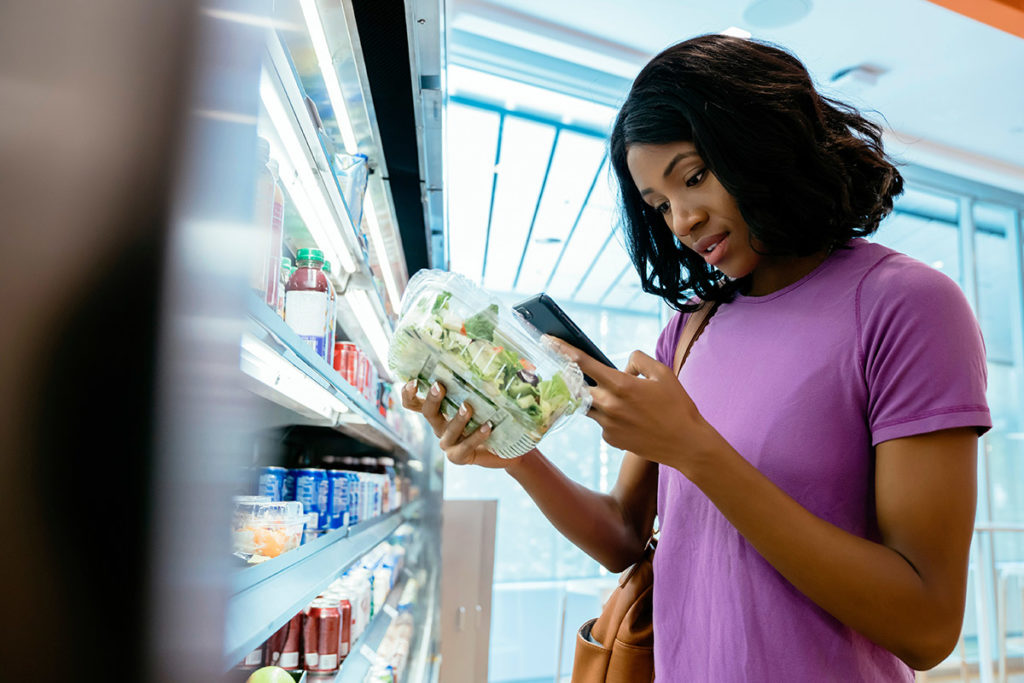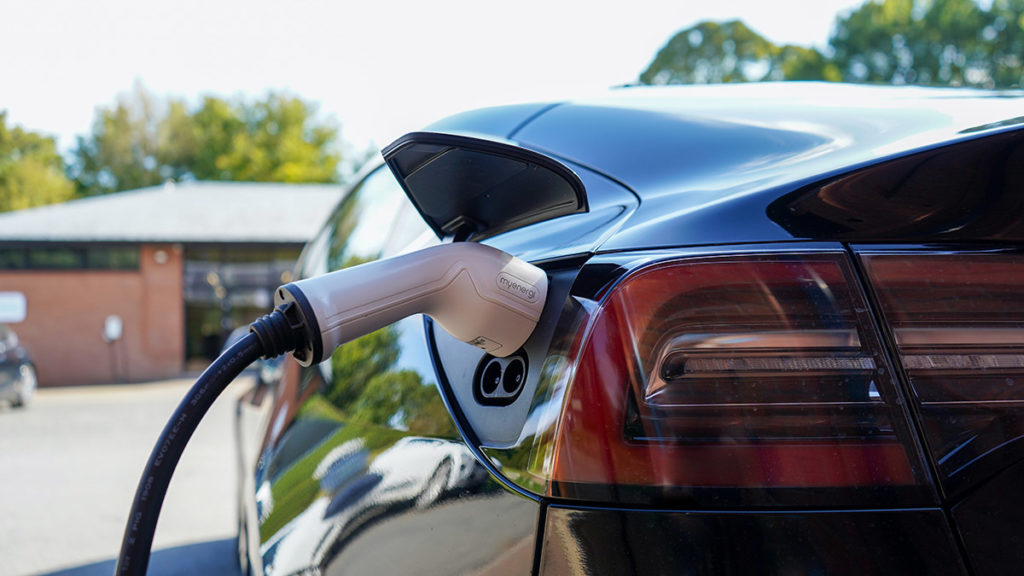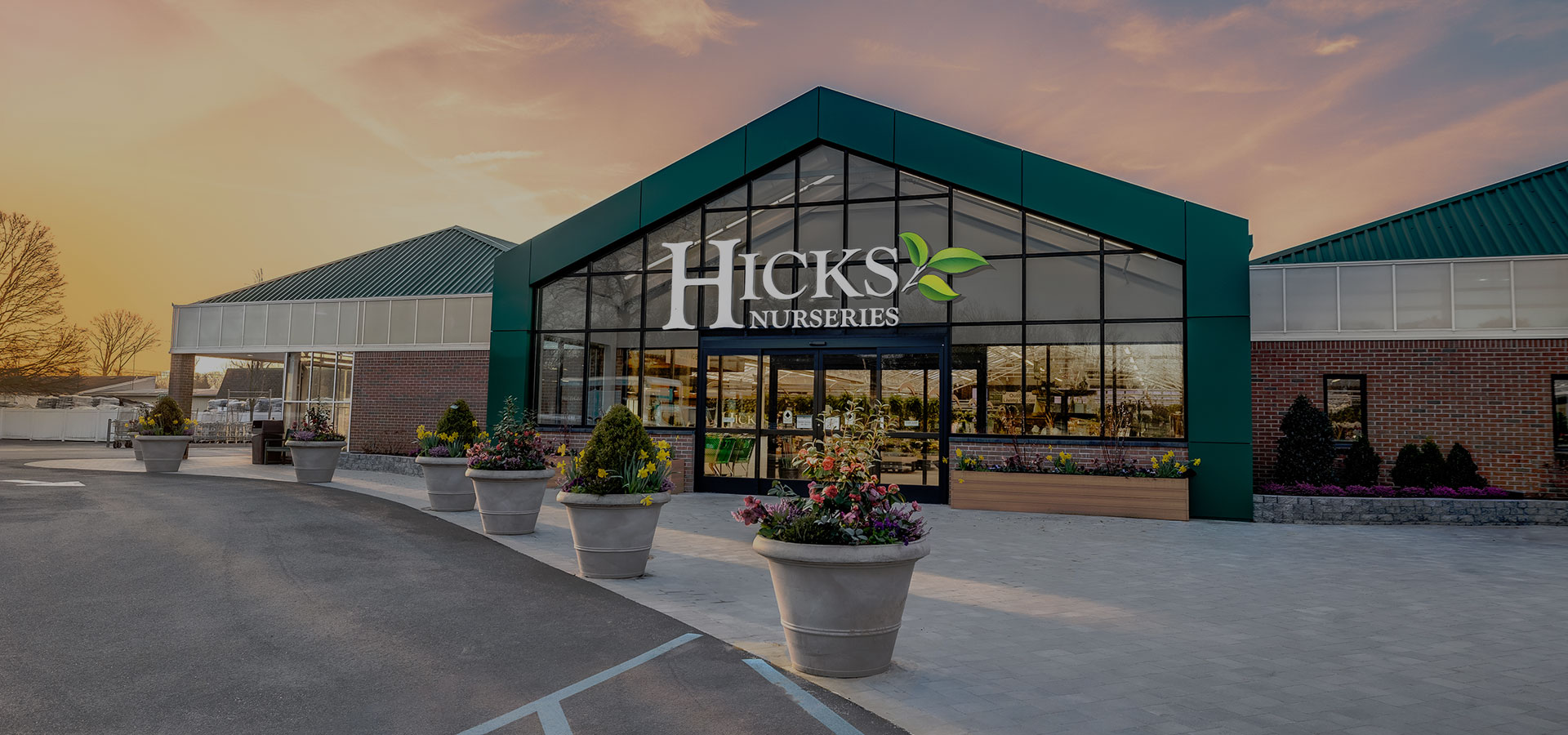Convenience stores are known as a one-stop shop to fill up your tank, pick up overpriced household essentials and grab some junk food for the road. However, with the rise of electric vehicles and increased interest in healthy eating among consumers, C-stores must transform to meet the consumers’ new definition of “convenience.”
So, what is “convenient” anyway? That all depends. Back in the day, the first convenience stores provided customers with an easy way to get fresh dairy. Over the decades, we’ve seen C-stores morph to match consumer preferences, adding a variety of snack foods, coffee bars, and even beer caves.
But something changed along the way, with a consumer focus on healthier food, less fuel consumption, and seamless digital experiences using mobile apps. Consumers want options for having their goods delivered, a curbside pickup option, drive-thru, and delivery. As electric vehicles become commonplace, fewer people are searching for a quick snack while they fuel up. Instead, they’re looking for an attractive space to hang out while their car recharges. Once scrutinized, the grab-N-go style meal is now sought after, and many retailers can match their family members’ dietary needs on that journey (organic, vegan, gluten-free, etc.).

Some c-stores are becoming highway destinations. Buc-ee’s, a rapidly growing chain found in Texas and the southern U.S. These massive stores, some more than 65,000 square feet, are known for their pristine bathrooms and an absurd amount of gas pumps, which are not open to commercial trucks.
Changing consumer preferences and massive shifts in consumer behavior caused by the pandemic have left the c-store industry wondering what’s next. How can we refresh the c-store experience to exceed customer expectations? Here are some of the trends that we are seeing drive the transformation of the modern c-store experience.
Rural Convenience, Not an Oxymoron
Convenience stores have traditionally been concentrated in large population centers, where they can benefit from significant foot traffic⸺but they have been an important option for rural dwellers as well.
Unfortunately, in rural America, where the median number of grocery stores per capita has decreased by 40 percent since 1990, c-stores are often the only local place to buy food, according to a 2021 report from the USDA.
That presents a clear opportunity for c-store retailers to enter rural communities, whose residents desperately need modern-day convenience options. But convenience in a rural community no longer means a place to fill up and grab an extra-large soft drink; it’s time for c-stores to step up their game and go above consumer expectations.
Rural residents say they want a c-store relatively close to home to pick up fresh and prepared food as well as household essentials. For many country-dwellers, a half-hour is unacceptable to drive for just a loaf of bread, and people are willing to pay the premium for c-store goods and a shorter drive.
More Than a C-Store–A Destination
If the success (and rapid expansion) of convenience giant Buc-ee’s is any indication, the destination c-store is having a moment. Buc-ee’s is betting on road warriors and commuters, as each location is off the highway, typically in a suburban area, and does not allow commercial trucks.
Buc-ee’s doors are open 24/7, 365 to provide highway-weary travelers spacious and spotless commodes and locals a place to purchase essentials, gifts, ready meals, and groceries, including a variety of fresh jerkies. The large stores are truly a spectacle, a place people travel out of the way to visit and spend time browsing, eager to experience what’s behind all the hype.

Changing Fuel Needs
Electric and hybrid vehicles are clearly gaining momentum. Because an estimated 40 percent of convenience stores are attached to gas stations, more electric vehicles on the road will have major implications for c-stores. For decades, fueling up was the reason to stop at the attached c-store. Now, electric vehicle owners desire a welcoming space to relax while their vehicles charge. Rather than prioritizing speed, the c-store of the future reflects an experience rooted in hospitality, with moments of consumer discovery and an overall sense of satisfaction in their product.
In-House Delivery
While convenience stores continue to be the most visited type of brick-and-mortar retail location in the US, consumers are still also asking for products delivered to their doorsteps.
It’s also important to note that the most successful c-store brands will use their own mobile apps to deliver a seamless customer experience, allowing people to order and cashlessly pay for made-to-order meals, gourmet coffees, convenience items and fuel.
Healthful Food, Frictionless Experience
Convenience stores are now catering to a more health-conscious clientele than ever before. And it’s a smart move; management consulting firm Oliver Whyman reports that 68 percent of consumers said they would visit convenience stores more often if they offered healthy sandwiches and salads.
Chicago-based upscale convenience store startup Foxtrot offers an assortment of local and curated goods as well as freshly prepared foods to go or for delivery within 30 minutes. They also offer nationwide delivery of gift baskets and the Chicago goods shoppers can’t get anywhere outside the city. The Foxtrot concept has taken the old-school c-store model and turned it on its head, to great success.

Choice, a Denver-area chain of c-stores, has seen massive success in its use of technology to facilitate a cashier-less, line-free shopping experience at its 24/7 operation, Choice: NOW. The concept is known for its wide array of organic fresh food as well as tasty prepared food. The store app allows shoppers to order ahead and pick up or have items delivered to a nearby address.
Prepared meals make up about half of all in-store sales for Choice compared to just 25 percent for American C-stores overall. There is a consumer hunger for fresh and healthy prepared food options delivered fast, fresh, and conveniently. And if the success of Choice is any indication, buyers are leaning on apps to make even their in-store shopping experiences more efficient and seamless.
The Bottom Line
C-stores that creatively adapt to consumers’ changing definitions of “convenience” are more likely to win loyal customers. Consumers are seeking healthy grab-and-go grub and cashless payment and delivery options, as well as places to spend time. After a decade of shuttered grocery stores, rural communities are rife with opportunities for new c-store concepts. Brands that can meet the current consumer appetite for convenience with new payment and delivery options will win market share in the future.





